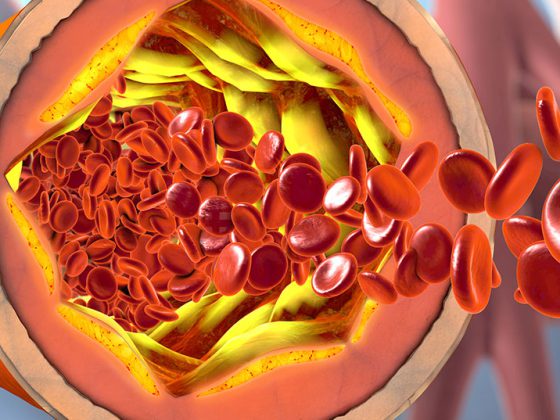Cannabinoids are becoming increasingly important in medicine. First used to treat nausea and loss of appetite in tumor and HIV patients, they are increasingly being used in certain nephropathies, multiple sclerosis and also in modern pain medicine. The diverse pharmacological effects are convincing, so that medicinal cannabis is now almost part of everyday life in pain and palliative medicine.
Hemp has been used for over a thousand years not only as an intoxicant, but also as food, raw material supplier and remedy. Its use in medicine in particular has increased in recent years. For this purpose, not the entire plant is used, but only its main ingredients – mainly tetrahydrocannabinol (THC) and cannabidiol (CBD). Cannabinoids are endogenous substances that influence parts of the learning or reward system as well as the immune system. When they dock onto certain receptors in the body, they have an analgesic effect, among other things. This is exploited in pain and palliative care. Cannabinoid receptors can be found in almost all tissues, and are particularly prominent in the nervous and immune systems.
Animal experiments have shown that activity at cannabinoid receptors slows nociceptive transmission. Context-dependent pain relief is mediated primarily via activation of the endorphin system and endocannabinoid system (ECS). The weighting of the system used varies from person to person. Where opioids were previously used primarily for pain relief, the endorphin system may predominate, with ibuprofen being the ECS. The ECS not only functions as a buffer system of the central stress response, but is also involved in the erasure of memory content. Since much of chronic pain is a consequence of the emotional learning of pain, this fact is of particular importance.
Effective especially for chronic pain
In acute pain, cannabinoids appear to affect the limbic system rather than the sensory system. Although this seems to make the pain stimulus less unpleasant, the intensity of the pain, on the other hand, does not diminish. Medicinal cannabis, on the other hand, has proven effective for chronic pain. Based on different study results, the practice guideline “Cannabis in Pain Medicine” of the German Society for Pain Medicine (DGS) e.V. sees possible indications especially in chronic pain, tumor pain, non-tumor-related pain, neuropathic pain and spastic pain in MS. According to a recent interim evaluation of a cannabis monitoring survey conducted by the BfArM in Germany, pain was significantly improved in about 36% of 3138 patients with cannabis preparations and moderately improved in 34% according to the assessment of treating physicians.
Lagging a little behind innovation
Despite its now well-studied effects, cannabis is still classified as a prohibited narcotic in Switzerland. Accordingly, the prescription for medical purposes of unapproved cannabis-based medicinal products is allowed only under certain conditions. Only a THC/CBD oromucosal spray has been approved for MS-induced spasticity. Otherwise, an exemption permit from the Federal Office of Public Health (FOPH) is required. Although this is usually granted, it is associated with a high level of effort. This is because the applications must be signed in person by the attending physician and must state the facts of the case in detail. This means that Switzerland is lagging a little behind the development. However, the contradiction between the increasing medical use of cannabis and its classification as a prohibited narcotic is now to be resolved. The Federal Council therefore submitted the dispatch for a corresponding amendment to the Narcotics Act to parliament on June 24, 2020.
Further reading:
- Cremer-Schaeffer P, et al: Cannabis medicines in pain management. Pain 2019; 33: 415-423.
- www.dgs-praxisleitlinien.de/application/files/7715/5445/5600/PLL_Cannabis.pdf (last accessed 07/28/2020)
- www.apotheke-und-marketing.de/cannabinoide-in-der-schmerzmedizin-2486219.html (last accessed 07/28/2020)
- www.bag.admin.ch/bag/de/home/medizin-und-forschung/heilmittel/med-anwend-cannabis.html (last accessed 07/28/2020)
InFo NEUROLOGY & PSYCHIATRY 2020; 18(5): 20.
InFo PAIN & GERIATry 2020; 2(2): 44.












